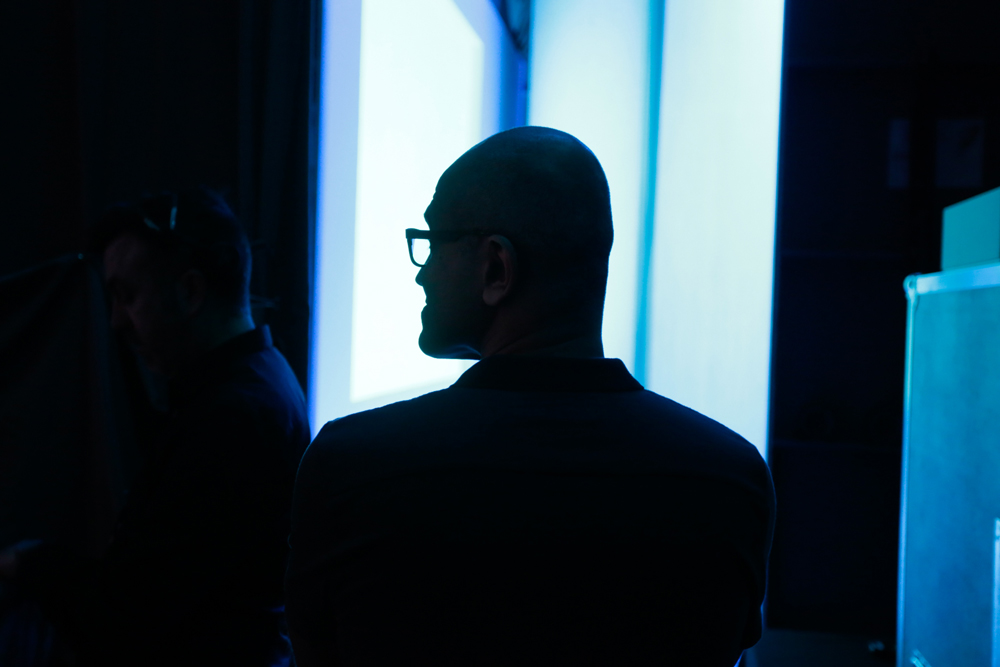

Microsoft CEO Satya Nadella
Microsoft’s recent relationship with open source continues after it announced ‘Project Olympus’ -its next generation hyperscale cloud hardware design.
The uncompleted design is being released via Facebook’s Open Compute Project (OCP), of which Microsoft is a member.
The Open Compute Project was launched by Facebook in April 2011 in order to develop and promote “vanity-free” hardware designs that are highly efficient. These designs are then shared with the broader community. Since its launch, it has gathered some big name backers including Dell, Intel and HP, amongst many others.
Google for example, after many years of keeping its data centre infrastructure secret from the rest of the technology world, joined the OCP earlier this year.
So what exactly is Microsoft’s grandly titled ‘Project Olympus‘ all about?
Well, it seems to part of Redmond’s efforts to accelerate open hardware designs within the OCP, after it noticed open source hardware design is lagging a bit.
According to Microsoft, “the hardware focuses on modularity, cost and power efficiency, and global data centre interoperability.”
Specifically, Project Olympus includes a new Universal motherboard; high availability power supply with included batteries; a 1U/2U server chassis; high-density storage expansion; a new Universal rack power distribution unit for global data centre interoperability; and finally a standards compliant rack management card.
Microsoft says that its “building blocks” that make up this contribution will allow for adopters to independently piece together these blocks to meet specific data centre configurations and design needs.
“This is a significant moment as we usher in a new era of open source hardware development at cloud speed,” blogged Kushagra Vaid, the general manager at Azure Hardware Infrastructure, who also pointed out that Redmond feels that open source hardware development is a bit off the pace.
“The current process for open hardware development is to contribute designs that are production-ready,” he wrote. “At that stage, the design is essentially finalised – almost 100 percent complete – and this late contribution delays the development of derivative designs, limits interactive community engagement and adoption, and slows down overall delivery.”
Vaid said that Redmond worked with the OCP to introduce a new hardware development model for community based open collaboration.
“We’re taking a very different approach by contributing our next generation cloud hardware designs when they are approx,” he wrote. “50 percent complete – much earlier in the cycle than any previous OCP project. By sharing designs that are actively in development, Project Olympus will allow the community to contribute to the ecosystem by downloading, modifying, and forking the hardware design just like open source software.”
“Microsoft is opening the door to a new era of open source hardware development. Project Olympus, the re-imagined collaboration model and the way they’re bringing it to market, is unprecedented in the history of OCP and open source data centre hardware,” said Bill Carter, CTO at Open Compute Project Foundation.
Microsoft has already released the server chassis interfaces (mechanical and power) and the universal motherboard and PDU specifications on the OCP GitHub branch. In the coming weeks, it will also open source the entire rack system as well.
Microsoft has a chequered relationship with the open source community. In August it open-sourced Powershell, its system administration and configuration management tool after posting the software on GitHub.
It has already made its .Net technology open source, and last December open sourced an integral part of its Edge web browser.
But in April 2015 Microsoft closed its MS Open Tech subsidiary, after launching the open source unit in 2012.
But despite that history, Microsoft has been making efforts to improve its once tense relationship with the community.
Late last year it teamed up with Red Hat to help customers embrace hybrid cloud computing by giving them more choice and flexibility deploying Red Hat solutions on Microsoft Azure.
Try our open source quiz!
Denial from TSMC, after multiple reports it was in talks with Intel over a joint…
CEO Tim Cook talks to Trump official, as IDC notes China's smartphone market growth, and…
Another big name chip maker expects a hefty financial charge, after the US tightened rules…
More bad news for Google. Second time in less than a year that some part…
Federal office that tackled misinformation and disinformation from hostile nations is closed down, after criticism…
After Nvidia admits it will take $5.5 billion charge as Trump export limits of slower…